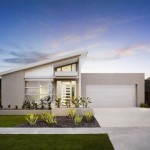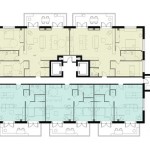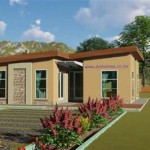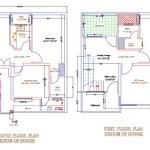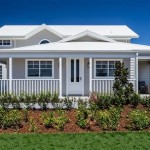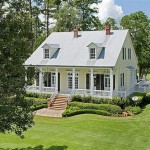Essential Aspects of Small Residential Building Floor Plans
Crafting a floor plan for your small residential building is a crucial step in the construction process. A well-thought-out plan can maximize space utilization, enhance livability, and create a comfortable and functional home. Here are some essential aspects to consider when designing small residential building floor plans:
### Space PlanningEfficient space planning is paramount in small homes. Consider the flow of traffic and designate specific areas for different activities. Utilize vertical space by incorporating lofts or mezzanines. Utilize multi-purpose areas to serve multiple functions, such as a living room that doubles as a dining area.
### Natural LightMaximize natural light by incorporating large windows and skylights. Natural light not only reduces energy consumption but also creates a more inviting and cheerful atmosphere. Position windows strategically to take advantage of views and sunlight while maintaining privacy.
### Kitchen LayoutDesign a kitchen that is both functional and space-saving. Opt for a U-shaped or L-shaped layout to optimize the work triangle (refrigerator, sink, and cooktop). Utilize vertical space with wall-mounted cabinets and shelves. Consider appliances with built-in storage to minimize clutter.
### Bathroom DesignDesign bathrooms that are functional and efficient. Utilize space-saving fixtures such as corner sinks, floating vanities, and sliding shower doors. Consider incorporating storage solutions like built-in niches and under-sink drawers to keep essentials organized.
### AccessibilityEnsure your floor plan is accessible for all occupants. Consider wider doorways, ramps, and grab bars where necessary. Position essential rooms on the main floor to minimize stairs or provide alternative access options like elevators.
### Outdoor SpacesEven in small residential buildings, outdoor spaces can significantly enhance livability. Incorporate patios, balconies, or small gardens to provide fresh air, natural light, and a connection to nature. Utilize vertical space with trellises or wall-mounted planters for greenery.
### Storage SolutionsStorage is crucial in small homes. Design built-in storage throughout the home, such as closets, drawers, and shelves. Utilize under-utilized areas like under-stairs spaces or attic storage. Consider vertical storage solutions like wall-mounted shelves and cabinets.
### Energy EfficiencyIncorporate energy-efficient design principles to reduce energy consumption and create a more sustainable home. Utilize energy-efficient windows, appliances, and lighting systems. Consider passive solar design techniques to maximize natural heating and cooling. Opt for renewable energy sources like solar panels or geothermal systems.
### Future FlexibilityPlan for potential future needs and changes. Consider designing spaces that can adapt to changing family dynamics or future additions. Incorporate flexible room layouts that can be easily reconfigured. Allow for future expansions or modifications by leaving space for an additional bedroom or bathroom.

8 Unit 2 Bedroom 1 Bathroom Modern Apartment House Plan 7855

8 Unit Apartment Plan J778 Plans Small Building Duplex Floor

J748 5 Floor Plan Hotel Duplex Plans Small Apartment Building

Small House Plans And Floor

House Plans How To Design Your Home Plan

8 Unit 2 Bedroom 1 Bathroom Modern Apartment House Plan 7855 Town Floor Small Building Design Plans

House Plans How To Design Your Home Plan

Small Apartment Complex Plan 3 Bed 2 Story Units 153 1137

Floor Plan Of One The First Collective Housing Projects In Scientific Diagram

Typical Floor Plan Small Apartment Building Residential

